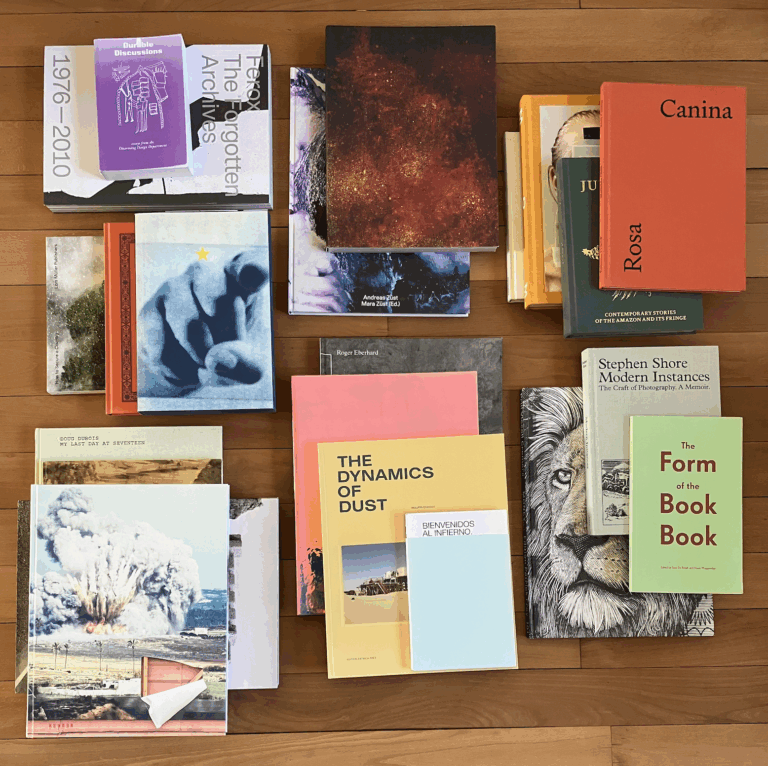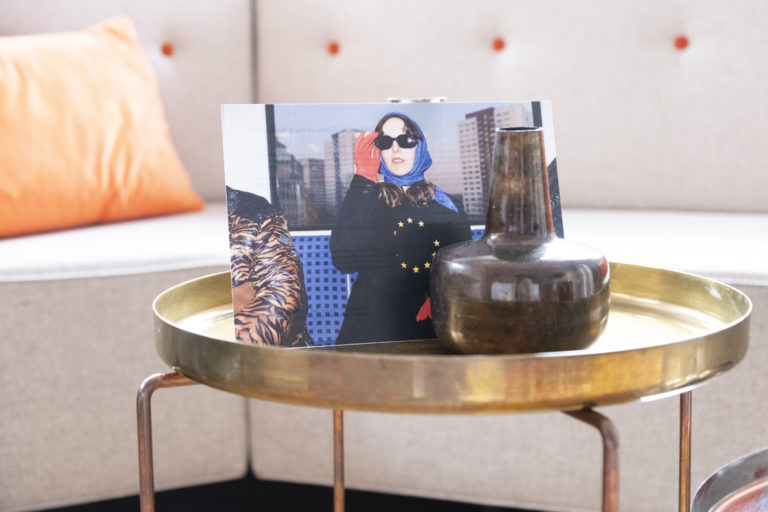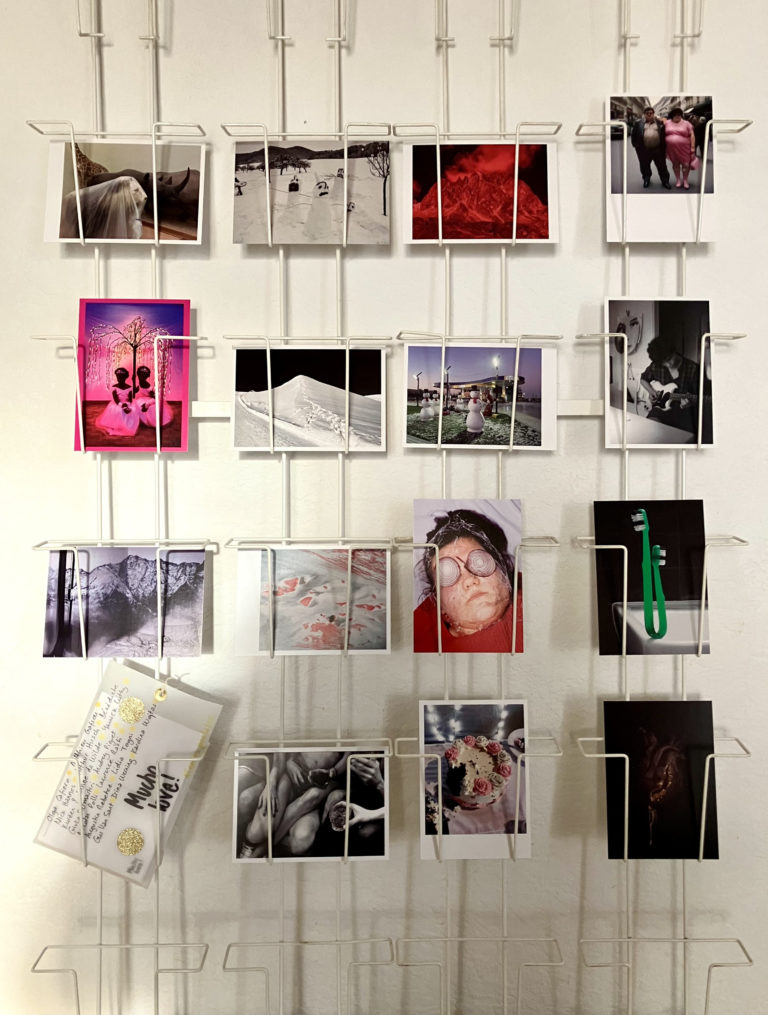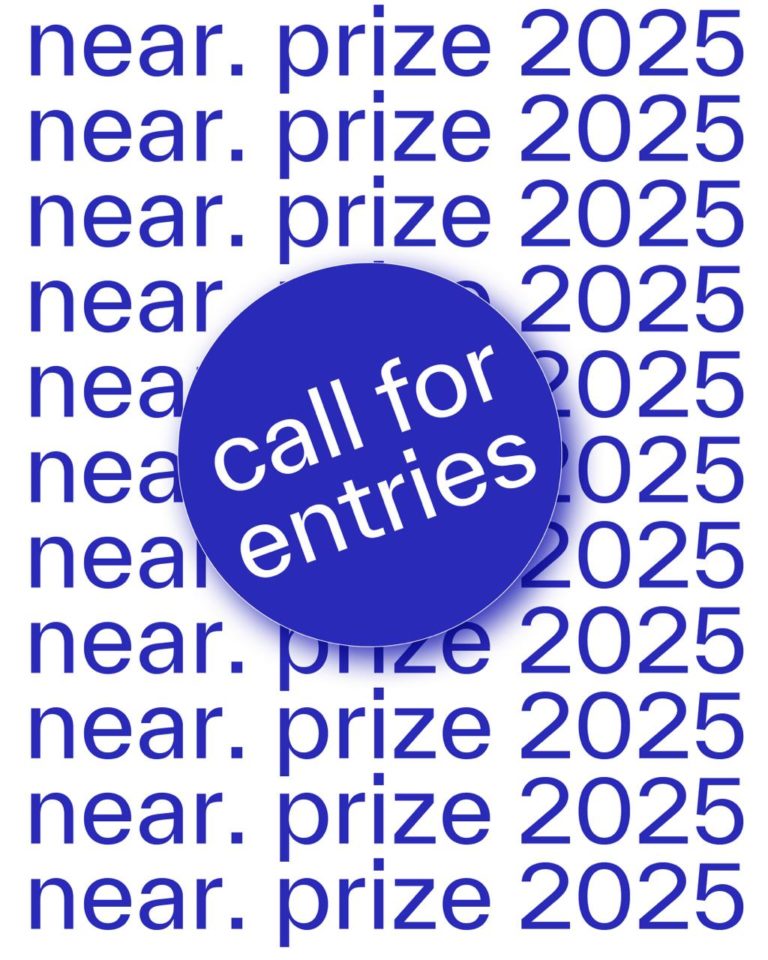Relever la nuit
Relever la nuit [Surveying the Night] examines the light that forms the basis of photography, and the impact of our contemporary lifestyles on ecosystems. In Switzerland, it is no longer possible to observe the natural darkness of the night. On moonless nights, I expose photosensitive paper for the same length of time, taking readings of light pollution. The result are photograms, monochromatic images, with different shades of grey resulting from the emanations of artificial light on the outskirts of towns and villages. This work echoes a study carried out in 2019 by the University of Geneva on light pollution in the Geneva basin, based on aerial photographs taken at night, which led to a map of the region’s nocturnal ecological network.
Alongside the photograms, I investigated the impact of light pollution on insects and plants and met several experts. A German study estimates that 150 insects are killed per streetlight each summer night. When photographing dead insects, I only used lighting of the short wavelengths (blue, violet and ultraviolet) that are most damaging to biodiversity. Some wavelengths will also affect plant growth. Therefore, it’s not just a matter of the amount of artificially generated light, but also its spectral composition.
In this project, I combine the role of photography as an aid to science with the notion of proof and imprint that is usually associated with photography. I record the disappearance of night, noting that darkness no longer exists, masked by endless light, and that it is through the clarity of the image that night is revealed, a paradox of the inversion inherent in the photographic process.













Surface reliques
A relict surface (surfaces reliques) is a glacial landform that testifies the presence of a glacier that no longer exists. The melting of glaciers is the most visible sign of climate change. Most of them will be completely lost by the end of the century due to human activity. As these glaciers melt, Switzerland’s iconic landscape will change. How will the Alpine landscape of tomorrow be portrayed?
The polaroids were taken at the A Neuve glacier in Val Ferret, Valais. The outdated chemistries create random images and suggest new forms of ghostly landscapes, which seem to be suffering from a disease. I play with the analogy between the chemical irregularities of old Polaroid film and the distortion and instability of the A Neuve glacier. Both are very sensitive to temperature fluctuations, directly affecting the preservation of the film’s chemistry and also that of the glacier. The deformations of the photosensitive material suggest a different understanding of the transformations of the Alpine landscape, reflecting the unpredictability and instability of the climate in our anthropocene era.
Polaroids, the globalized products of a consumer society over-saturated with images, reflect the glacier’s visible and imperceptible loss, and, through the uniqueness of each object, call attention to the urgent need to preserve that which is most precious.






Soulèvements jurassiques
The city of Moutier (CH) is located between two canyons, one leading to the canton of Berne, the other to the canton of Jura. This geographical situation echoes the town’s complex political situation. The territory is at the heart of the conflict, reclaimed by both sides. It is as tormented as this valley, stuck between two
cluses. In this work, I explore the connection between the geological and the political, and try to rethink the conflict in its relation to the territory. I focus on the unique landscape of the canyon, as well as on the protagonists of the struggles, the pro-Bernois and the pro-Jurassiens. After years of violent conflict, the dispute is now being played out on a symbolic level, where posters, graffiti and flags confront each other.
In his 1832 essay on the Jurassic upheavals of Porrentruy, geologist Jules Thurmann described the Moutier Gorges as follows: «The entire series is broken by a fracture that appears at the surface, following a fault line».
The images are accompanied by a video that takes the viewer on a wander through the gorges, with voice-over excerpts from Jules Thurmann’s text. Blurring the line between politics and geomorphology, the video starts in the gorges of Moutier and ends at the Roche Saint-Jean, the border with the canton of Jura. This route is symbolic, as it represents the impetus of pro-Jurassian separatists towards independence and affiliation with the neighboring canton of Jura. The cracks and upheavals resonate in the unstable political landscape.










Video screen from the video Soulèvements jurassiques
Link for the video: https://www.youtube.com/watch?v=4bGldBOxl1U





Léonie Rose Marion’s work focuses on different topics related to territory, geology and the photographic medium. Her exploration of the physical qualities and the materiality of photography is rooted in documentary fieldwork, whether it’s the melting of glaciers in her work Surfaces reliques, produced using out-of-date Polaroids, or her latest project Relever la nuit (Surveying the night), in which she attempts to measure light pollution using photograms. This project was awarded by the City of Geneva’s photographic grant in 2022.
Her work has been exhibited in various Swiss institutions such as the Centre de la photographie Genève, Photo Elysée, the Centre d’Art Pasquart in Bienne and IPFO-Haus der Fotografie in Olten. She is a graduate of the Vevey School of Photography and the Geneva University of Art and Design (HEAD-Geneva).
Location
Contact

Awards
- 2025Artist in Residence - Pro Helvetia x South America
- 2022Bourse photographique documentaire - Ville de Genève
Exhibitions
- 2024Relever la nuit, Centre de la photographie Genève (solo show)
- Pool collective x Photoforum Pasquart, Swiss Photomonth
- 2023Soclages, Visarte-Genève, Espace Ruine
- 2022Coups de coeur, IPFO - Haus der Fotografie, Olten
- 2020reGeneration4, Les enjeux de la photographie et de son musée de demain, Photo Elysée, Lausanne, Switzerland
- 2019Cantonale Berne-Jura, Centre d’Art Pasquart, Bienne, Switzerland
- 2017No Photo, Bâtiment d’Art Contemporain, Geneva, Switzerland
- 2015TRACING, ToniAreal, Zürich
Publications
- 2020reGeneration4, Les enjeux de la photographie et de son musée pour demain, Scheidegger&Spiess, Musée de l’Elysée
- 2015Henri, selfpublished
Awards
- 2025Artist in Residence - Pro Helvetia x South America
- 2022Bourse photographique documentaire - Ville de Genève
Exhibitions
- 2024Relever la nuit, Centre de la photographie Genève (solo show)
- Pool collective x Photoforum Pasquart, Swiss Photomonth
- 2023Soclages, Visarte-Genève, Espace Ruine
- 2022Coups de coeur, IPFO - Haus der Fotografie, Olten
- 2020reGeneration4, Les enjeux de la photographie et de son musée de demain, Photo Elysée, Lausanne, Switzerland
- 2019Cantonale Berne-Jura, Centre d’Art Pasquart, Bienne, Switzerland
- 2017No Photo, Bâtiment d’Art Contemporain, Geneva, Switzerland
- 2015TRACING, ToniAreal, Zürich
Publications
- 2020reGeneration4, Les enjeux de la photographie et de son musée pour demain, Scheidegger&Spiess, Musée de l’Elysée
- 2015Henri, selfpublished



























